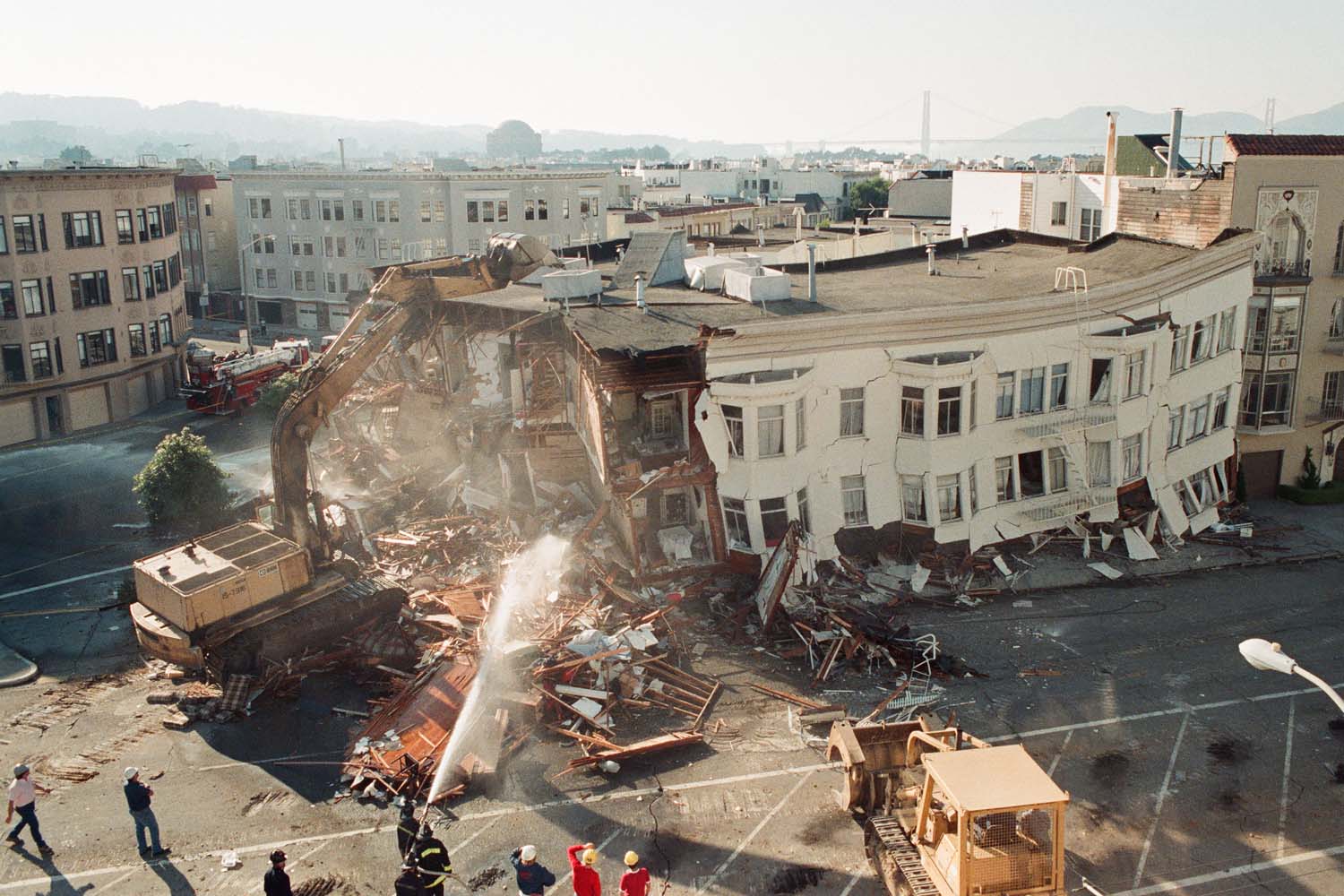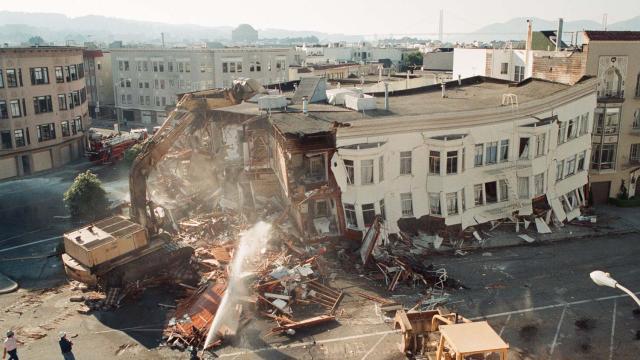When the Loma Prieta earthquake struck San Francisco in 1989, it gutted the Marina neighbourhood. While part of that was due to liquefaction effects caused by the area’s underlying landfill construction, the problem was exasperated by the area’s multiunit homes, which typically either had parking or shops built into the first floor. That’s great for home values, but not so much of the building’s structural integrity during a tremor, as you can see below.

“Earthquakes are particularly damaging to buildings with open spaces at street level because they collapse — the first-floor parking makes the building structurally weak and soft,” Colorado State University engineering professor John van de Lindt said in a press release. “There are tens of thousands of these multi-family buildings throughout California and much of the US, making this a serious safety issue.” That’s why engineers are employing the world’s largest shake table to design buildings that will remain standing, no matter how bad the tremor.
Located at the Jacobs School’s Structural Engineering Department 13km east of the main UC San Diego campus, this 8m x 12m open-air shake table will be the largest such device in America and the single largest outdoor system on the planet — only the 12m x 18m E-Defence (Earth-Defence) indoor shake table in Miki City, Japan has a bigger footprint. UCSD’s $US5.9 million table is hydraulically driven with six degrees of freedom and enough power to vibrate at 180cm per second with a maximum force of 4.2G — that’s enough to accurately simulate the most destructive shakers on record.
“Because there is no roof over the shake table, we will be able to use tall cranes and heavy equipment to construct and test full-scale buildings and structures, something that has not been possible before” said Frieder Seible, Interim Dean of the Jacobs School and director of the Charles Lee Powell Structural Research Laboratories in a press statement. “We can now physically validate many construction systems that have previously only been analysed through computer models.” The system can bear structures up to 400 tons and measuring up to 32 feet (10m) tall, far larger and heavier than other such seismic systems around the country.
The table’s enormous size and power allows it to physically test designs that have hereunto been too large or heavy. While computer-based analytic models are generally quite accurate, the only way to know how a bridge abutment, column or embankment; building foundation or load bearing member, wharf or pier or other super-sized structure will react for sure until you actually shake it. And when it comes to America’s vital infrastructure, you’d better be sure.
[UCSD News, Jacobs School of Engineering, NEES]
Picture: George Nikitin/AP Images
